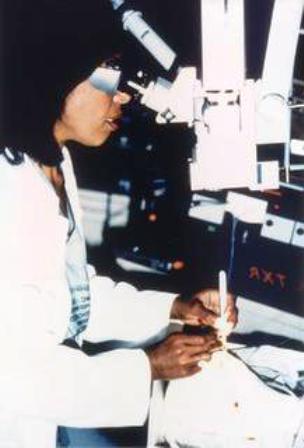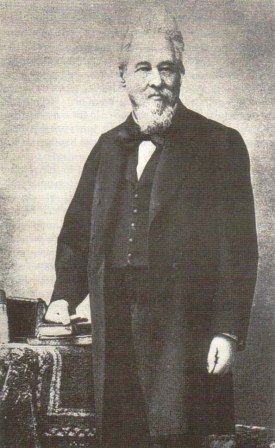Deadpool1986
Cook with a Mouth
Little Known Black History Fact: The House Servant’s Directory

In 1827, early black author Robert Roberts introduced a book called – The House Servant’s Directory or A monitor for private families: comprising hints on the arrangement and performance of servants’ work. The book was a guide for house servants that helped them to understand the rules of keeping a prominent white household. It also included recipes for vinegar, fish and other dishes.
Through Robert’s guide, black servants were taught how to properly clean plates with dry plate powder, what to wear, what time to arise for work, how to deal with drunk people, restoring furniture and material and how to take care of themselves. There was even instruction on how to dye hair.
Robert Roberts was born in 1780 as a freeman in Charleston, SC. Roberts made a living as a servant after moving to Massachusetts around 1805. Though he worked in white households, he was also a strong abolitionist who worked against a movement to send free blacks to Liberia.
In the text of The Butler’s guidebook, Roberts even instructs young men about how to govern their lives.
It wasn’t until 1866 that the first black woman to release a cookbook, Malinda Russell, released A Domestic Cook Book, featuring recipes like delicate rose cake and elegant catfish fricassee and sweet onion custard. Her recipes challenged what historians thought about traditional black dishes and soul food.

In 1827, early black author Robert Roberts introduced a book called – The House Servant’s Directory or A monitor for private families: comprising hints on the arrangement and performance of servants’ work. The book was a guide for house servants that helped them to understand the rules of keeping a prominent white household. It also included recipes for vinegar, fish and other dishes.
Through Robert’s guide, black servants were taught how to properly clean plates with dry plate powder, what to wear, what time to arise for work, how to deal with drunk people, restoring furniture and material and how to take care of themselves. There was even instruction on how to dye hair.
Robert Roberts was born in 1780 as a freeman in Charleston, SC. Roberts made a living as a servant after moving to Massachusetts around 1805. Though he worked in white households, he was also a strong abolitionist who worked against a movement to send free blacks to Liberia.
In the text of The Butler’s guidebook, Roberts even instructs young men about how to govern their lives.
It wasn’t until 1866 that the first black woman to release a cookbook, Malinda Russell, released A Domestic Cook Book, featuring recipes like delicate rose cake and elegant catfish fricassee and sweet onion custard. Her recipes challenged what historians thought about traditional black dishes and soul food.


















